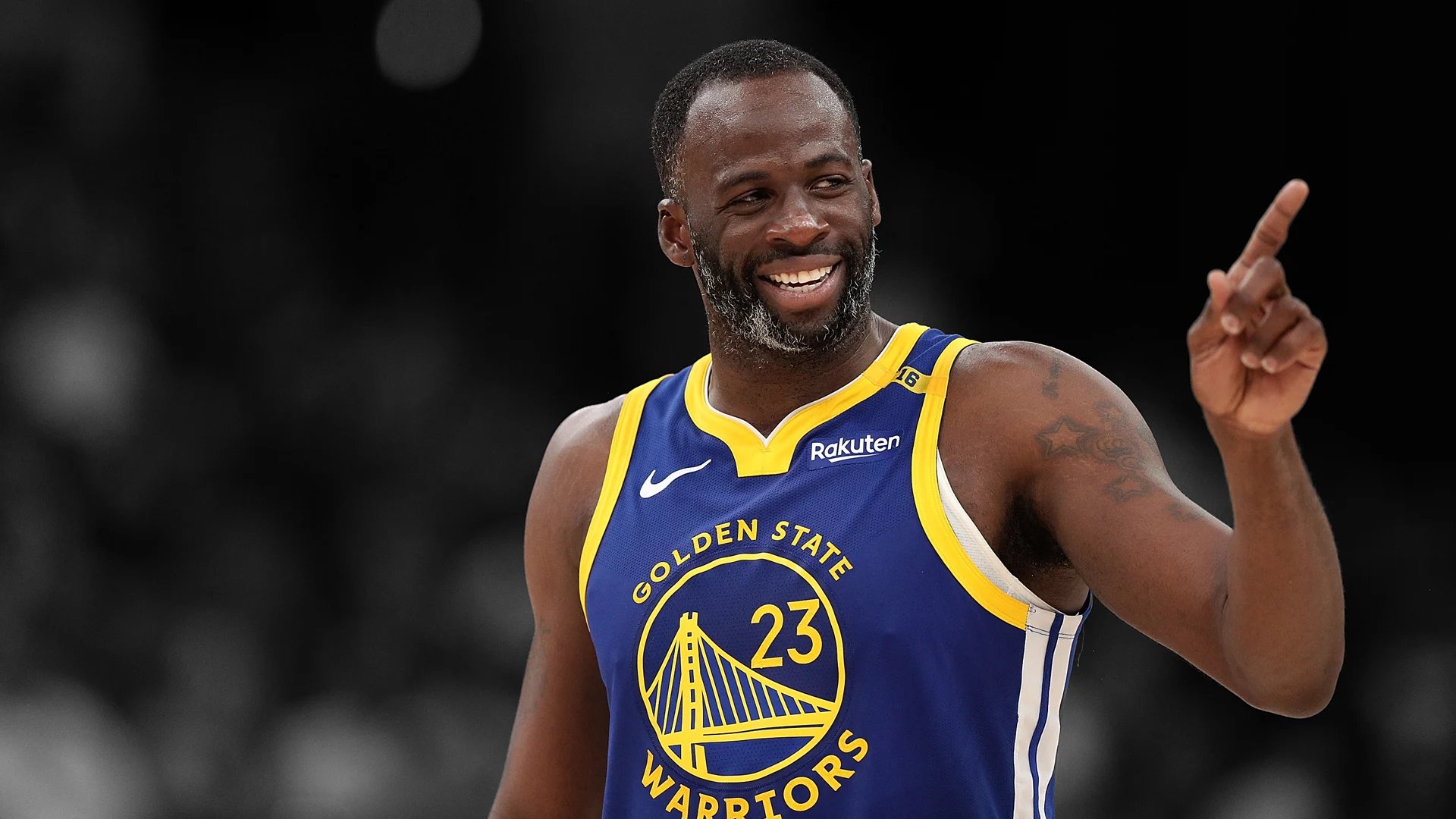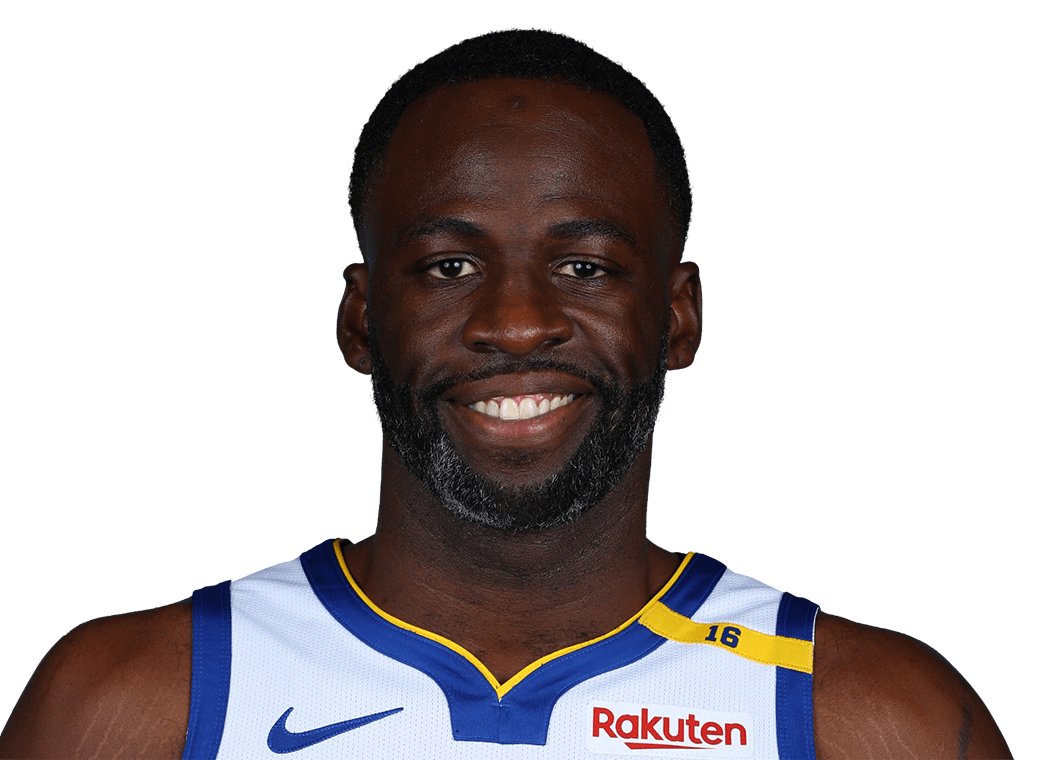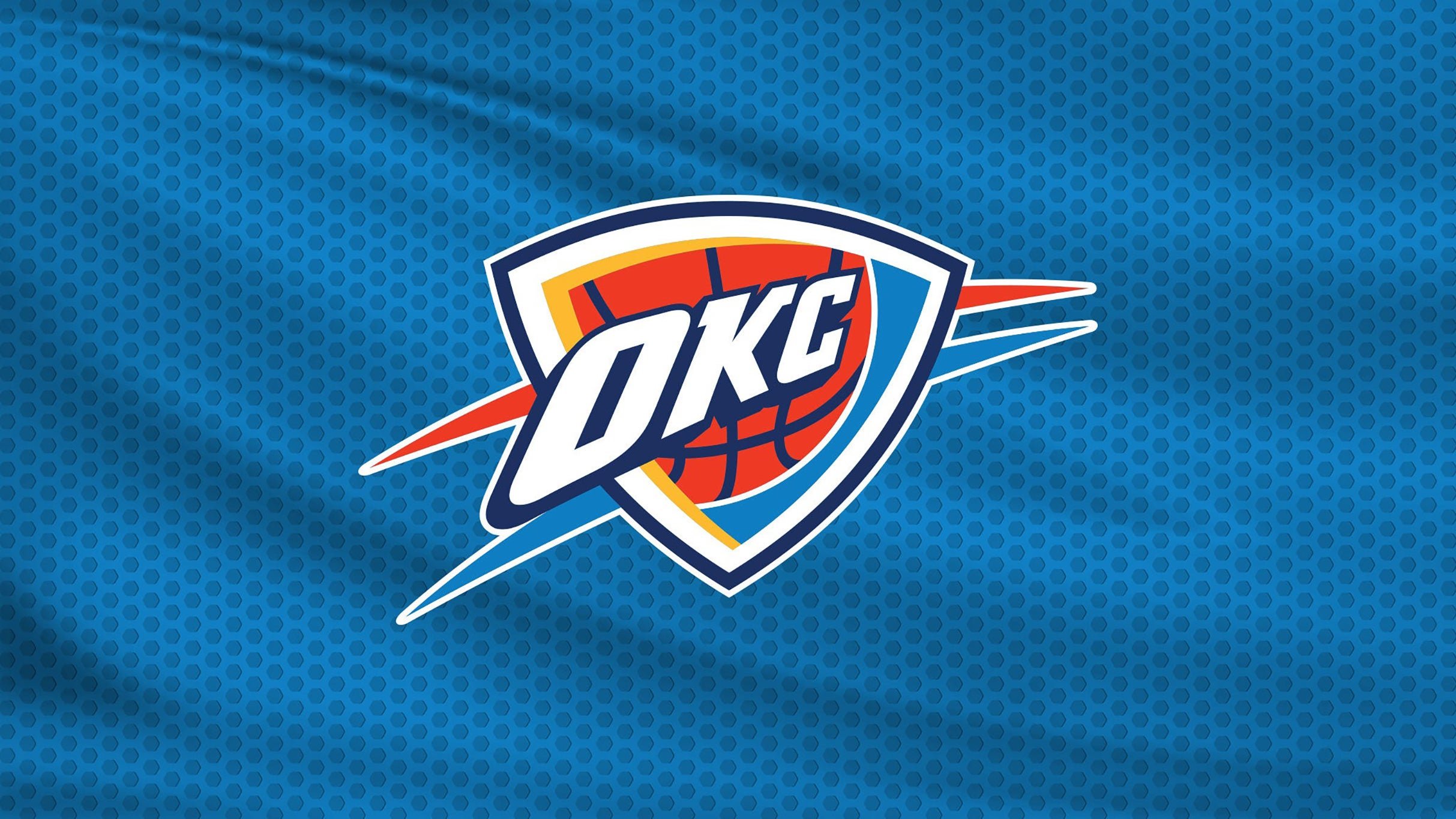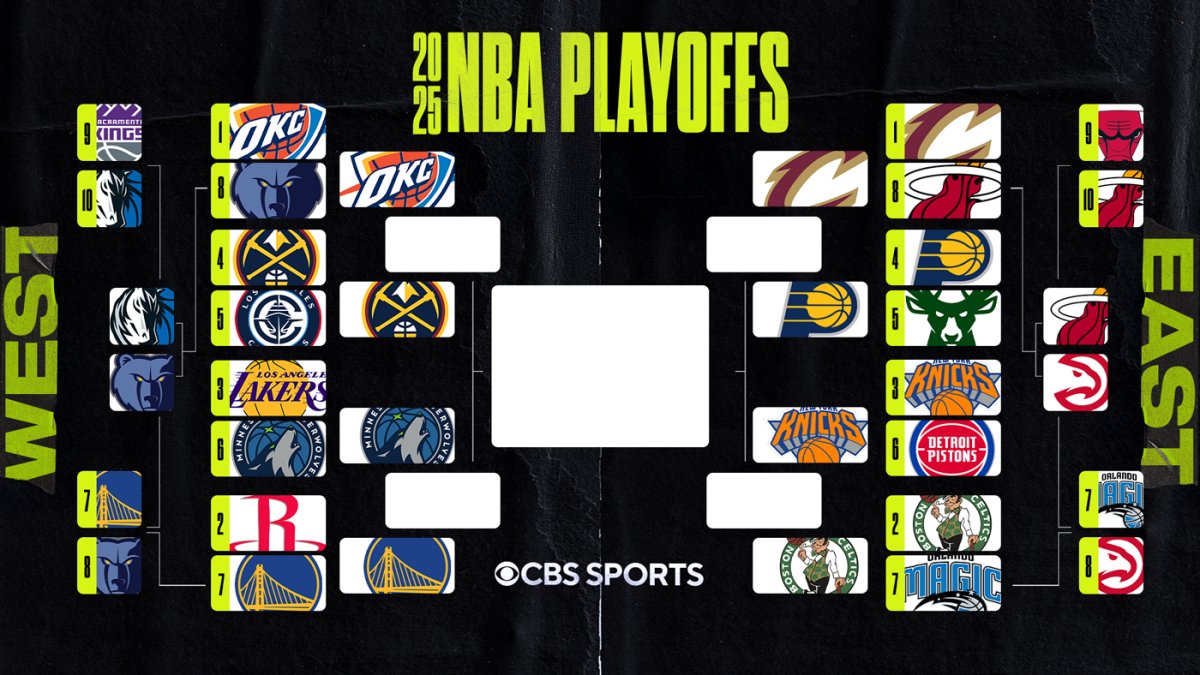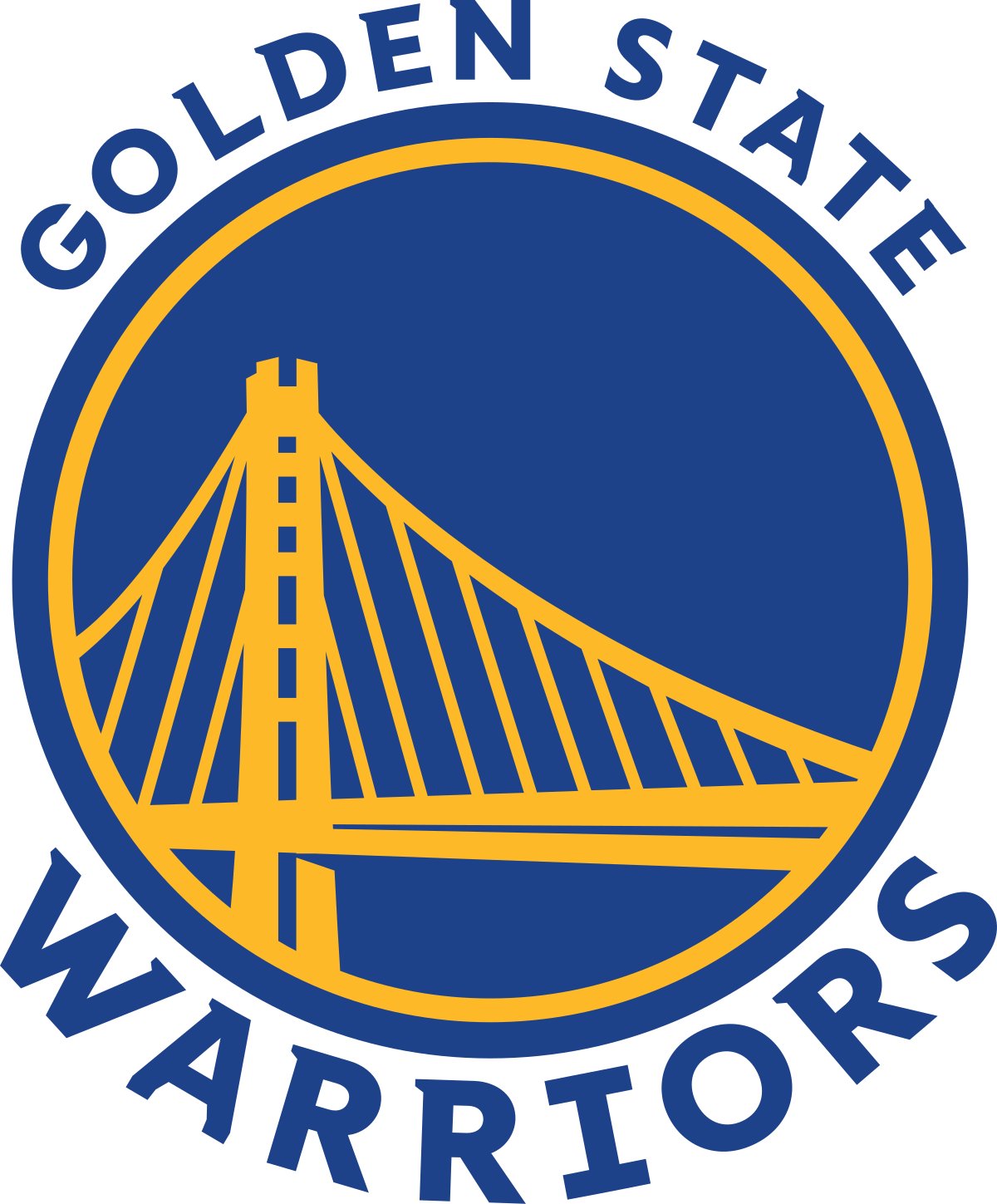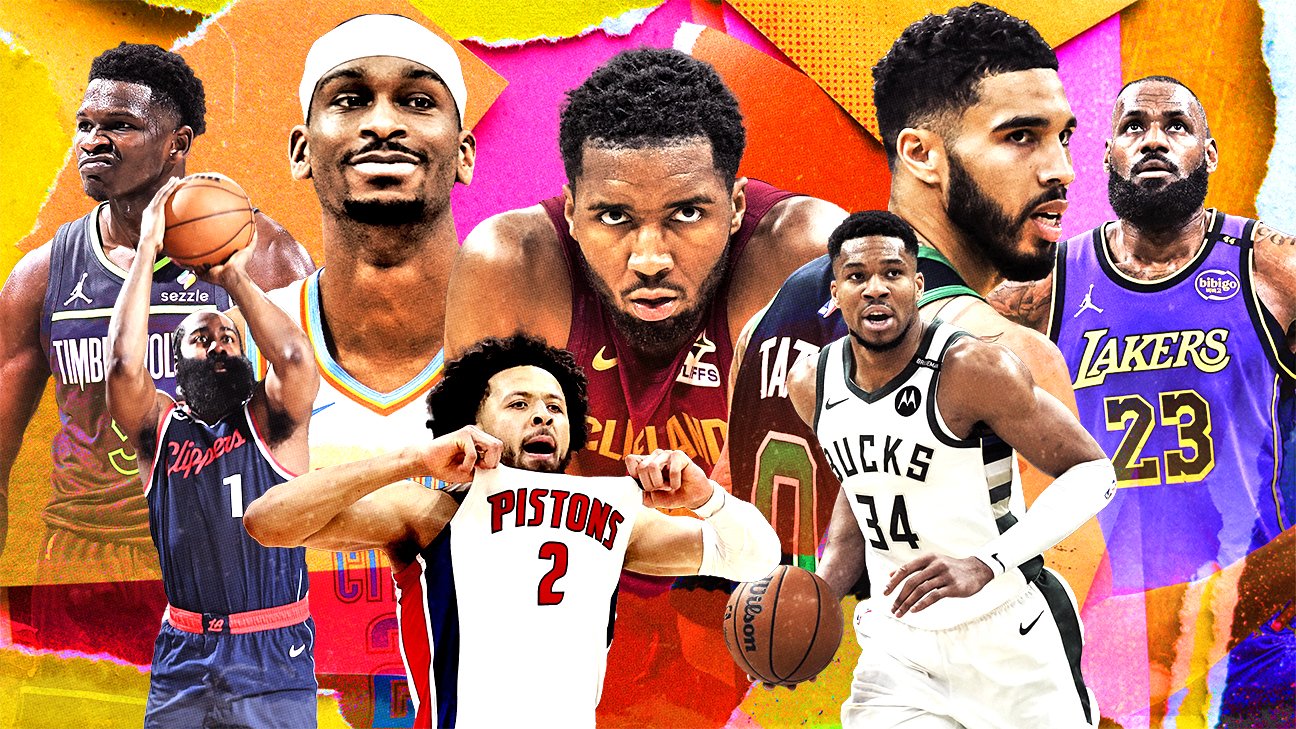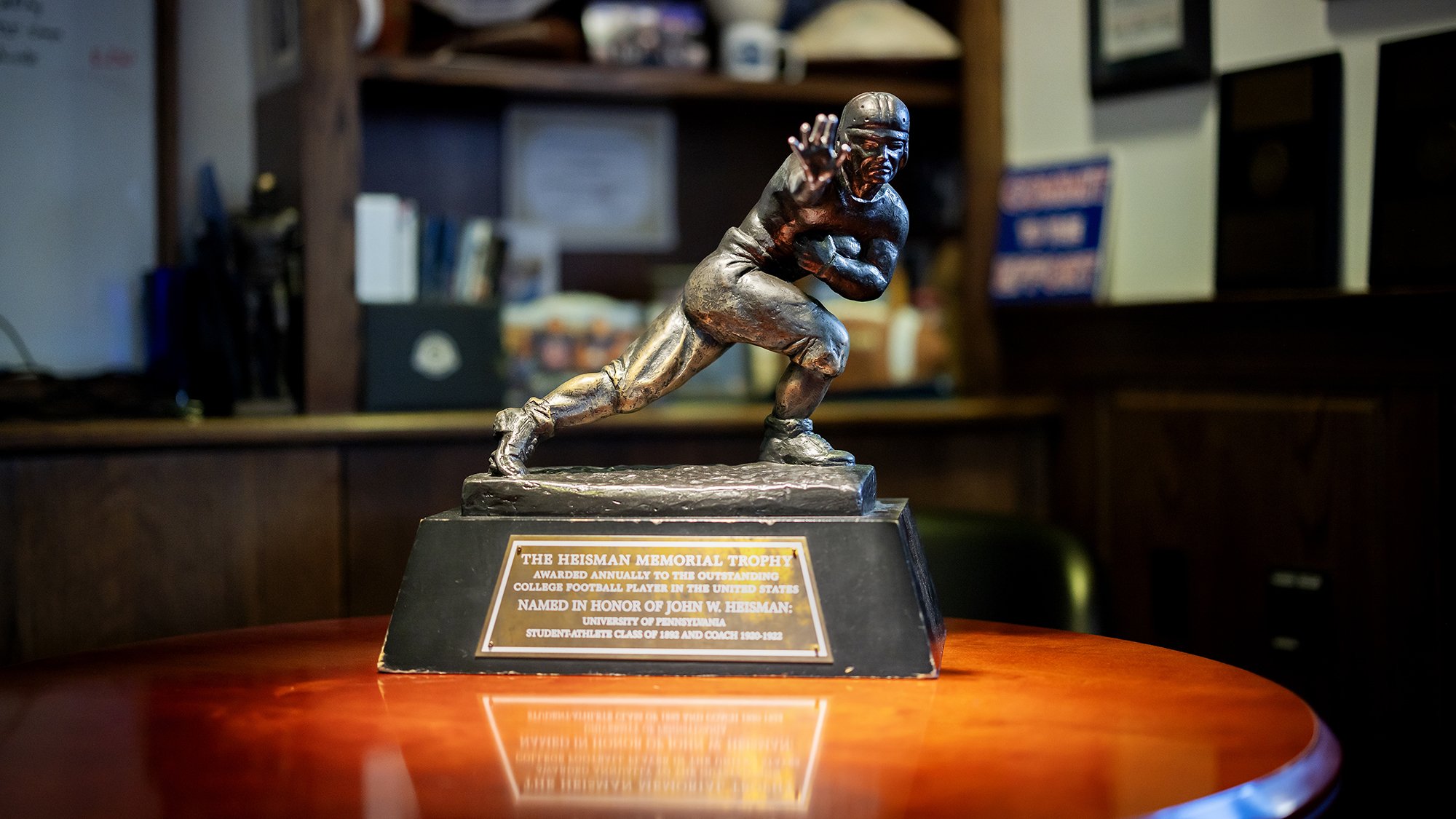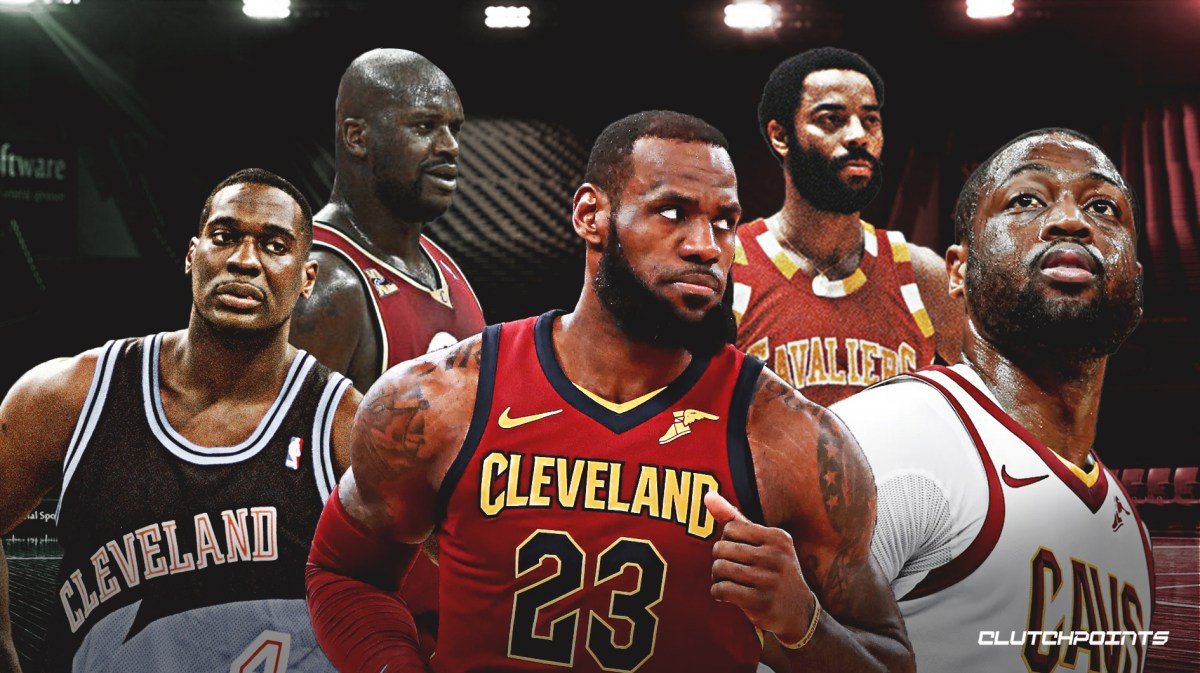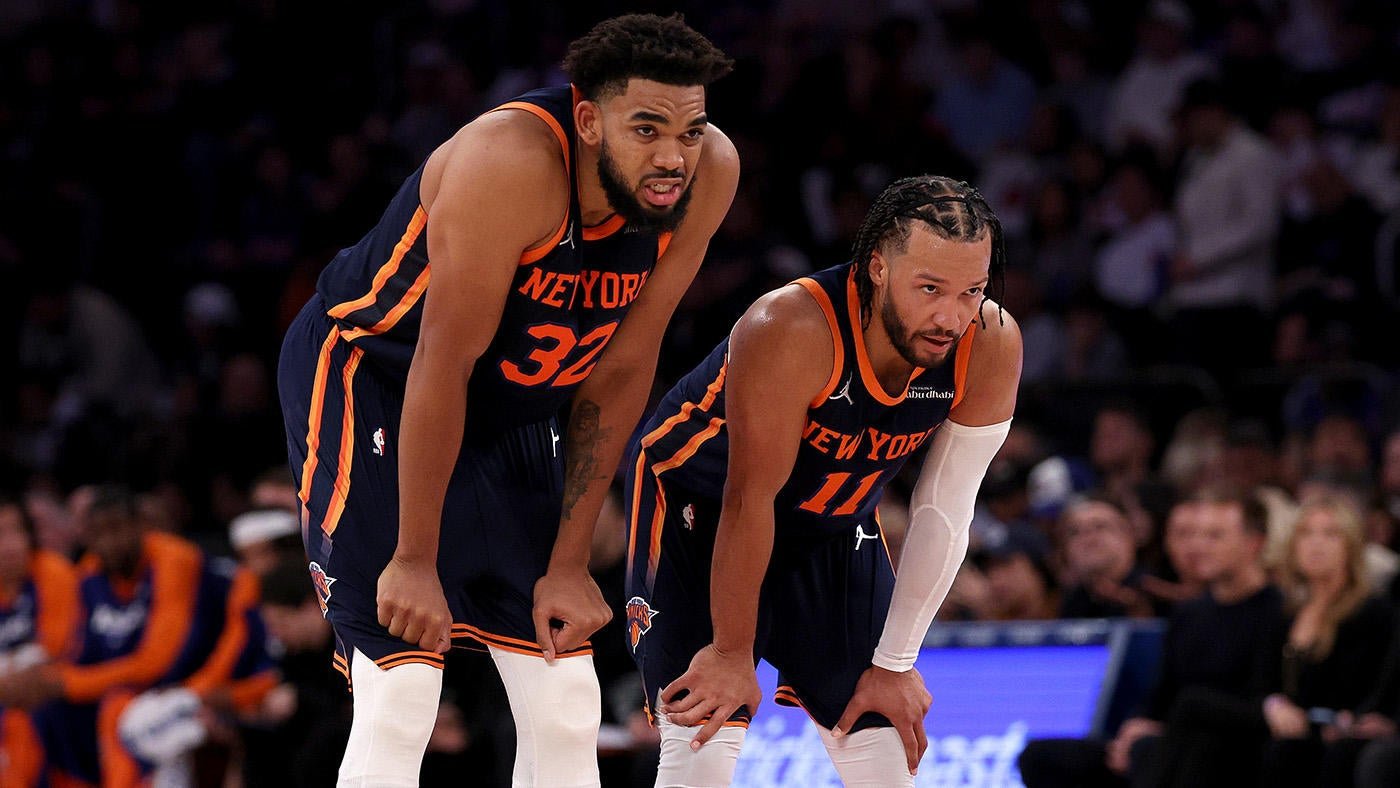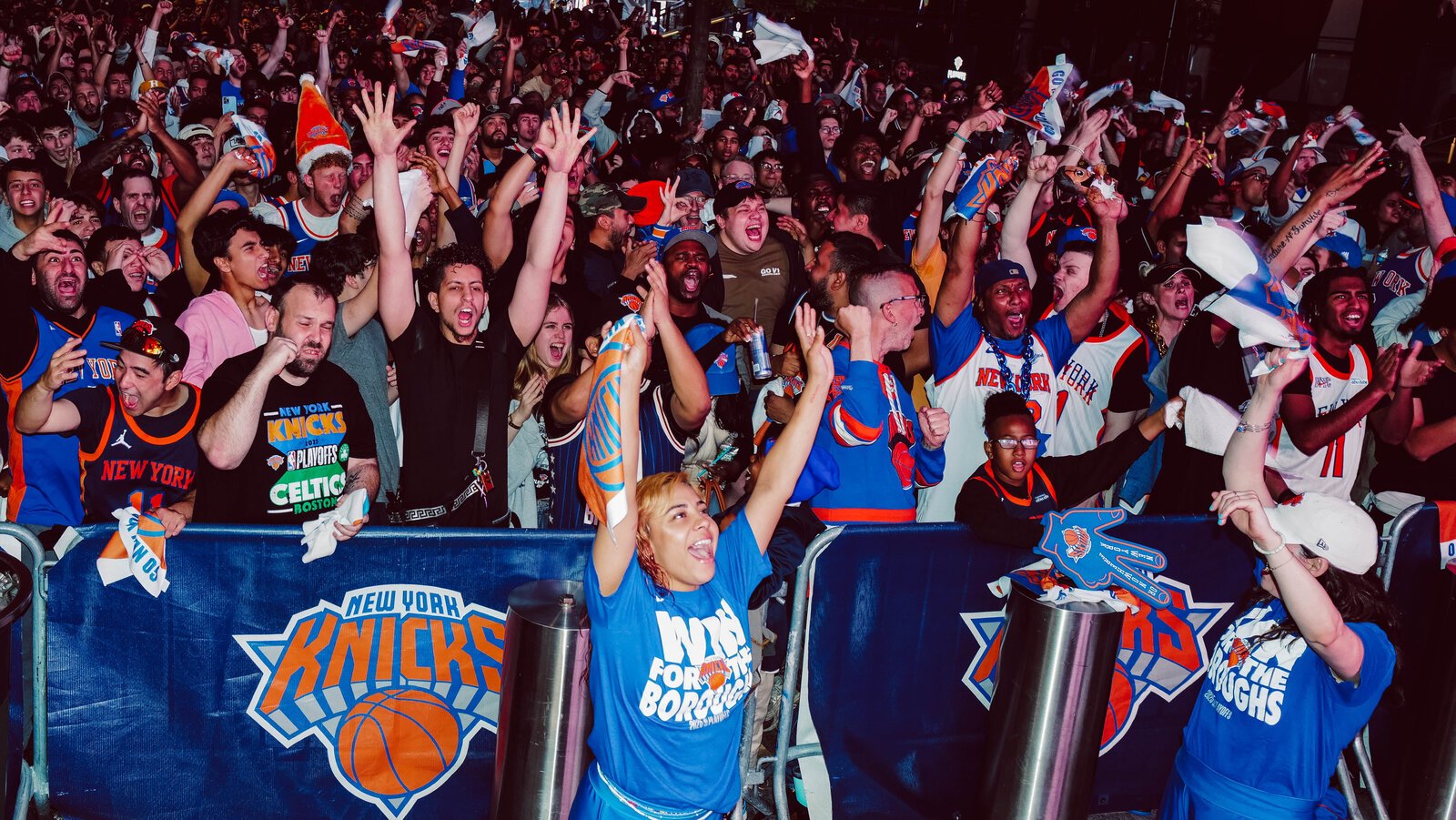Draymond Green, a key player for the Golden State Warriors, has become outspoken about the way he is portrayed in the media. In May 2025, Green publicly challenged narratives that describe him as an “angry Black man.” Over the years, Green has been at the center of numerous heated on-court moments, but he insists the constant focus on his actions is often exaggerated and rooted in cultural bias. His statement has sparked debate not only among basketball fans but across the sports world.
This conversation comes at a time when race and athlete identity remain hot topics in American sports. The NBA, in particular, is a league where players’ public personas are heavily shaped by both traditional media and social channels. Green’s remarks have opened a new chapter in the ongoing debate over how Black athletes are depicted and evaluated, marking an important moment in how sports stars address racial stereotypes and personal narratives.
Draymond Green Calls Out Media Narratives
Draymond Green addressed the media’s coverage after another high-profile incident during the NBA season, making it clear he is tired of what he calls a repeated “agenda.” He said the press often paints him as confrontational or overly aggressive while neglecting to put his reactions in context. The words “angry Black man” have followed Green throughout his career, often influencing how casual and dedicated fans perceive his actions on the court.
Green claimed that these portrayals ignore the strategic element behind his leadership and playing style. He told reporters,
“I’m sick of being made out to be just an angry Black man when I’m out there fighting for my teammates.”The tone and frequency of the criticism has, he believes, more to do with race than with the actual nature of the incidents. Green also noted that similar displays of emotion or toughness by players of other backgrounds are often called “passion” or “competitiveness,” rather than being negatively labeled.
The NBA star’s comments have struck a chord with other athletes who feel their motives and emotion are often misunderstood by those who do not share their background or experiences. This has led to further discussion about why certain narratives prevail in sports journalism, especially when it comes to Black players. Green’s outspoken approach has also started conversations about responsibility in reporting and the need for more balanced coverage.
Green urged media outlets to reflect on how their words impact public perception. He asked them to consider whether they are perpetuating an image that feeds into stereotypes or whether they are offering a fair assessment of his actions as an athlete and leader. This push for greater awareness in reporting has reached not just sports journalists, but broader audiences who consume daily sports content.
The ‘Angry Black Man’ Stereotype in Sports
The stereotype of the “angry Black man” has a long history in American society, and sports is no exception. For decades, Black athletes who express emotion, protest, or assert themselves on the field have often been labeled as troublemakers or even dangerous. It is a pattern that has followed countless players before Draymond Green, with roots going back to the civil rights era and beyond.
This narrative doesn’t just affect Green; it impacts many Black players across various sports. Strong expressions of emotion or frustration can be interpreted as a character flaw when directed at Black athletes, while being praised in others for “passion” or “leadership.” Such framing contributes to public misunderstanding, which can cause real harm to players’ careers, endorsements, and reputations.
For many sports fans and analysts, this stereotype feels outdated, but it still persists in subtle and overt ways. When someone like Green pushes back, it brings attention to both the explicit and hidden biases that still exist. His case has been referenced in media studies about stereotyping in professional sports.
Challenging these stories is not just about personal image, Green says. It is also about future generations of players, who should not have to worry about being boxed in by the same harmful labels. He has called on fellow athletes, fans, and journalists to become more conscious of how language shapes perception, especially for those in the spotlight.
Impact of Media Framing on Athletes’ Reputations
How a story is told can make all the difference in sports, shaping an athlete’s image for better or worse. For Draymond Green, media framing has sometimes turned minor confrontations into headline controversies. By focusing on certain words or phrases, articles and broadcasts may cement a reputation that becomes hard for the athlete to escape.
Repeatedly being cast in the role of the “villain” or “enforcer” not only affects how fans see the player but can also have real-world consequences. Endorsements, contract negotiations, and even All-Star selections can be affected by public opinion, which is heavily influenced by media coverage.
Also Read
Oklahoma City Thunder’s Relentless Defense Powers Historic Season
This repeated framing can also impact how referees and league officials respond to the player during games. Referees may feel extra pressure to watch closely or hand out technical fouls, simply because of what they have read or heard. Green himself has pointed to specific games where he believes his reputation, built by media stories, directly led to harsher treatment on the court.
For athletes like Green, breaking out of these pre-made molds is challenging. Once a label sticks, it often follows players long after incidents themselves are forgotten. Experts in sports communication say this highlights the critical role of journalists and broadcasters in telling stories that go beyond simple stereotypes or sensational headlines.
Green’s Response to On-Court Incidents
Draymond Green’s NBA career is filled with passionate moments that have sometimes led to controversy. His style of play is energetic, physical, and vocal, often leading to technical fouls or even ejections. Critics argue that Green crosses the line, but he consistently frames his intensity as a core part of his leadership and what makes him effective on the court.
In recent interviews, Green has pointed out that NBA games are fast-paced and emotional. He says that most of his outbursts or scuffles are about standing up for his teammates, defending himself, or sending a message to opponents. He rarely apologizes for his style, but he does want people to see the thought and intention behind it, rather than jumping to negative conclusions.
Also Read
NBA Playoff Player Props and Best Bets for Friday, May 9: Top Picks for Indiana vs Cleveland and Nuggets vs Thunder
Some of Green’s most famous incidents – like heated exchanges with other players or disputes with referees – are replayed often in sports coverage. Yet, as he notes, these clips seldom show the full story or context. Green believes audiences often miss the strategic side, such as how these moments can rally a team or change the momentum of a game.
He also highlights that his visible leadership, both positive and negative, comes with a price. While some teammates see him as a driving force, critics are quick to point to his mistakes. His willingness to address mistakes publicly is one aspect he hopes gets more attention in the future.
Ultimately, Green’s aim is for people to judge him by the sum of his actions, rather than the hottest headlines or the loudest critiques.
Support and Criticism Within the NBA Community
The NBA has a diverse roster of players from different backgrounds, each with their own style and public image. Within this community, Draymond Green has both advocates and detractors. Some former and current players, as well as coaches, have stepped forward to say Green’s intensity is misunderstood. They regard him as a vital leader who is willing to shoulder criticism if it means protecting his team.
Also Read
2025 NBA Playoffs Second Round Schedule, Bracket, and Key Dates
At the same time, Green’s actions have drawn sharp criticism from others, including rival players and some Warriors fans. They argue that his outbursts are distractions or even detrimental to the team at crucial moments. This push and pull among peers highlights how complicated locker room and on-court dynamics can be.
Several high-profile NBA figures have spoken out against negative media stereotypes affecting athletes, not just Green. Players like LeBron James and Chris Paul have echoed his stance about unfair or racially loaded coverage. This support gives weight to Green’s message and signals a shared frustration among top players about media treatment.
Some analysts believe that as long as Green continues to voice his concerns and find support from influential teammates and opponents, the league will be forced to reckon more honestly with its own narratives and how they affect public images of athletes, especially Black players. It’s a sign that, even if opinions are divided, the discussion is far from over.
History of Stereotypes Affecting Black Athletes
The history of American sports is filled with examples of Black athletes being boxed in by stereotypes. From Jackie Robinson breaking baseball’s color barrier to Muhammad Ali’s activism, Black athletes have long faced challenges in how they are perceived and portrayed.
Also Read
Heisman Trophy Hopefuls for Every Top 25 Team Ahead of the 2025 College Football Season
In the NBA, players like Bill Russell, Kareem Abdul-Jabbar, and Allen Iverson have all dealt with media narratives that minimized their accomplishments or exaggerated perceived flaws. These stories often serve as a backdrop for the way current athletes navigate their own public profiles.
For decades, being too outspoken, too emotional, or too political has come with heavy scrutiny for Black sports figures. The “angry Black man” label isn’t just a recent phenomenon – it’s something that’s evolved alongside the growth of sports media and the league itself. Many retired players have reflected on how their legacies are shaped as much by media coverage as on-court achievements.
This history makes recent calls for change from athletes like Draymond Green even more significant. They are not just asking for fair coverage for themselves but trying to break a cycle that has hurt generations of stars before them. The message is clear: fair coverage matters, because it shapes how society as a whole sees Black leadership and expression in high-profile spaces.
The Role of Social Media in Shaping Perceptions
Social media platforms like X (formerly Twitter), Instagram, and TikTok have changed how stories about players like Draymond Green are told and spread. Green and many other athletes now use these channels to share their points of view directly, offer context on incidents, and challenge what’s being said on TV or in newspapers.
Also Read
Cavaliers vs Pacers Game 3 Odds, Prediction, and Key Storylines as Cleveland Looks to Recover
On one hand, social media gives athletes more control over their image. Green can respond quickly to criticism and reach millions of fans without waiting for a traditional interview or op-ed. Clips of his plays, interviews, and explanations are shared widely and can sometimes shift public opinion almost overnight.
On the other hand, these same platforms can also feed into rapid-fire judgment and even more extreme feedback. Social channels are full of hot takes and viral moments that sometimes lack balance. This can make it harder for nuanced perspectives to break through, even when athletes are clearly trying to set the record straight.
For a player like Green, who is both loved and criticized, social media can be a double-edged sword. Fans and critics can voice their support or displeasure in real time, making every mistake or triumph a widely shared piece of his story. Yet, it gives him a powerful way to counter negative headlines and ensure his voice is part of the larger debate.
Changing the Conversation Around Race in Sports
Draymond Green’s willingness to confront stereotypes head-on is part of a larger movement within sports. More athletes are choosing to use their platforms to call out injustice and demand changes in how they are treated – not just by media, but by fans and the league itself.
Also Read
Jalen Brunson: Breaking Down What Makes the Knicks Star the NBA’s Most Clutch Scorer
The 2020s have seen more candid discussions in sports about both race and mental health. NBA players have organized strikes, spoken out in interviews, and worked with community organizations to bring attention to broader issues. Green’s recent comments fit into this evolving landscape, where athlete activism is more common and more celebrated than ever before.
Younger players look up to figures like Green as examples of what it means to take control of one’s own story. By challenging stereotypes and pushing for respectful coverage, athletes help create a culture where sports are more than just entertainment – they are a stage for important conversations about society as a whole.
While the path to lasting change in language and perception is slow, voices like Green’s are essential drivers. Each time a high-profile player rejects the limits imposed by stereotypes, it opens the door a little wider for those who will come next.
